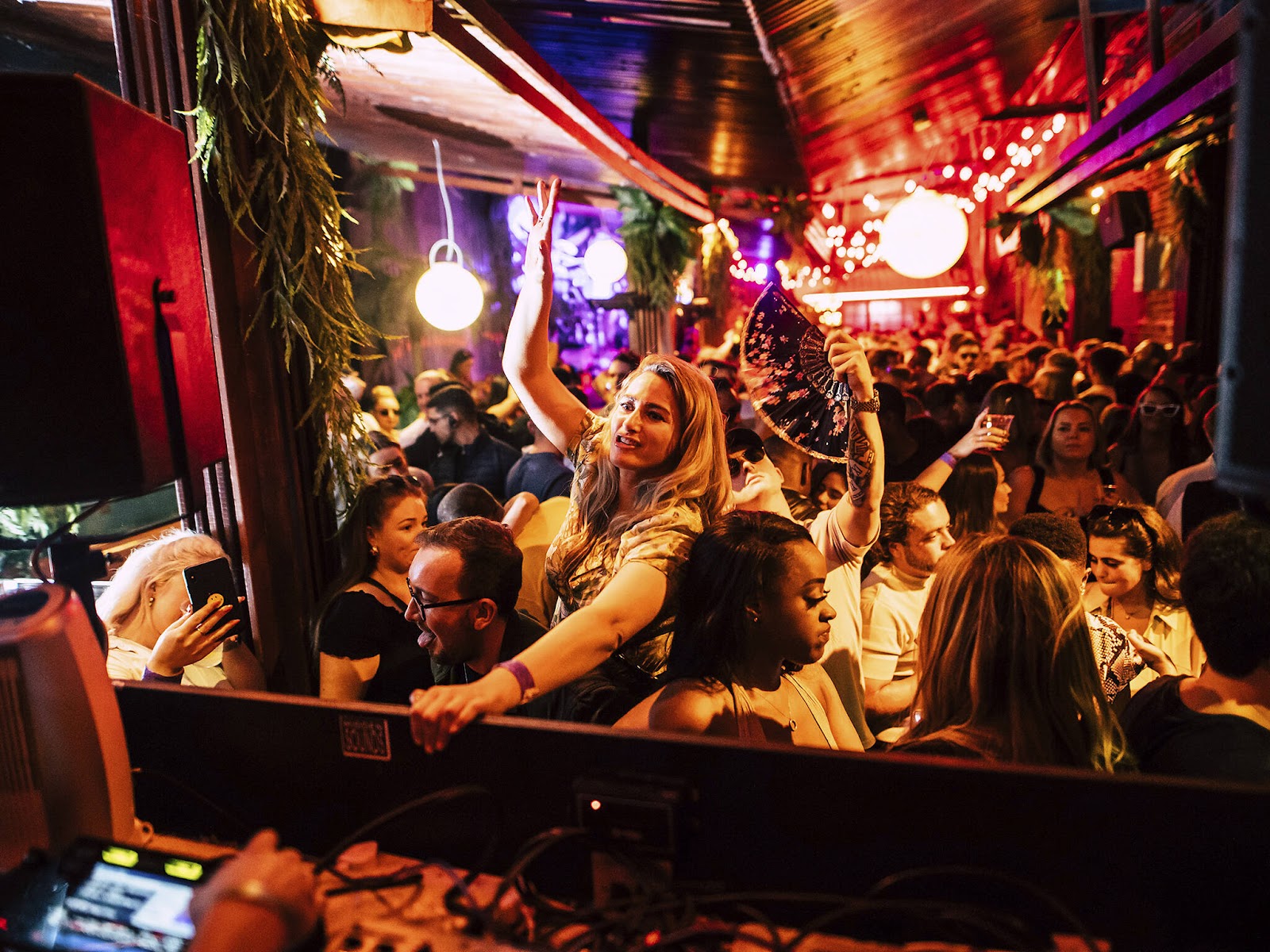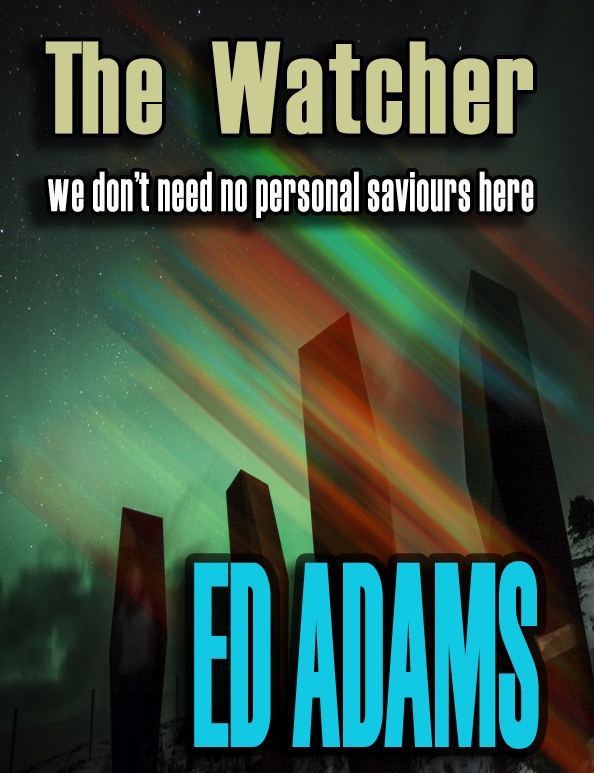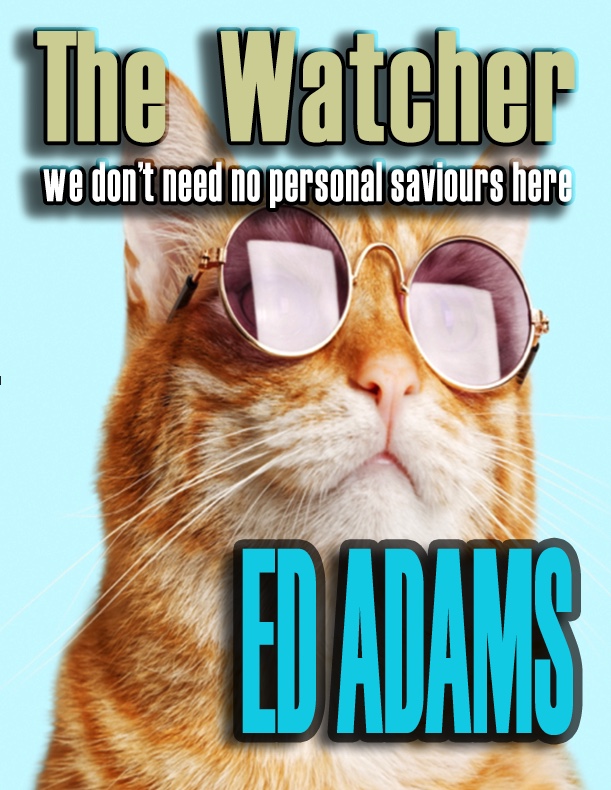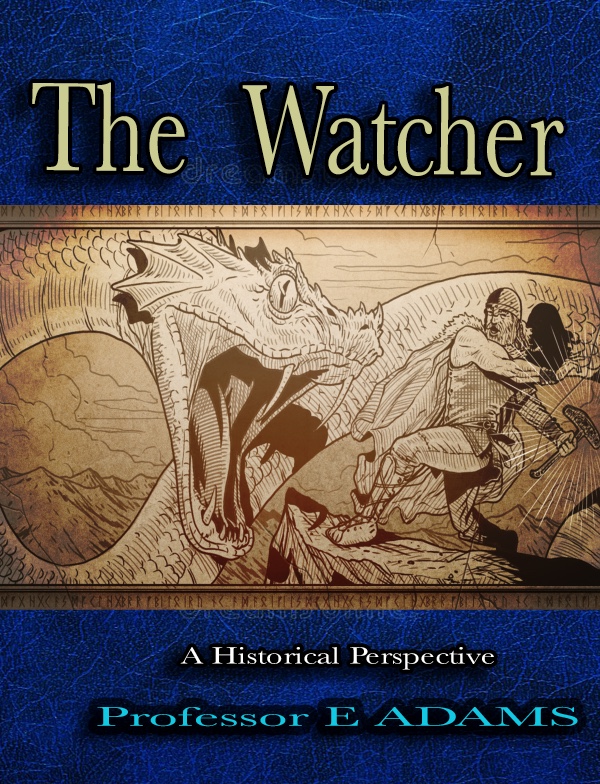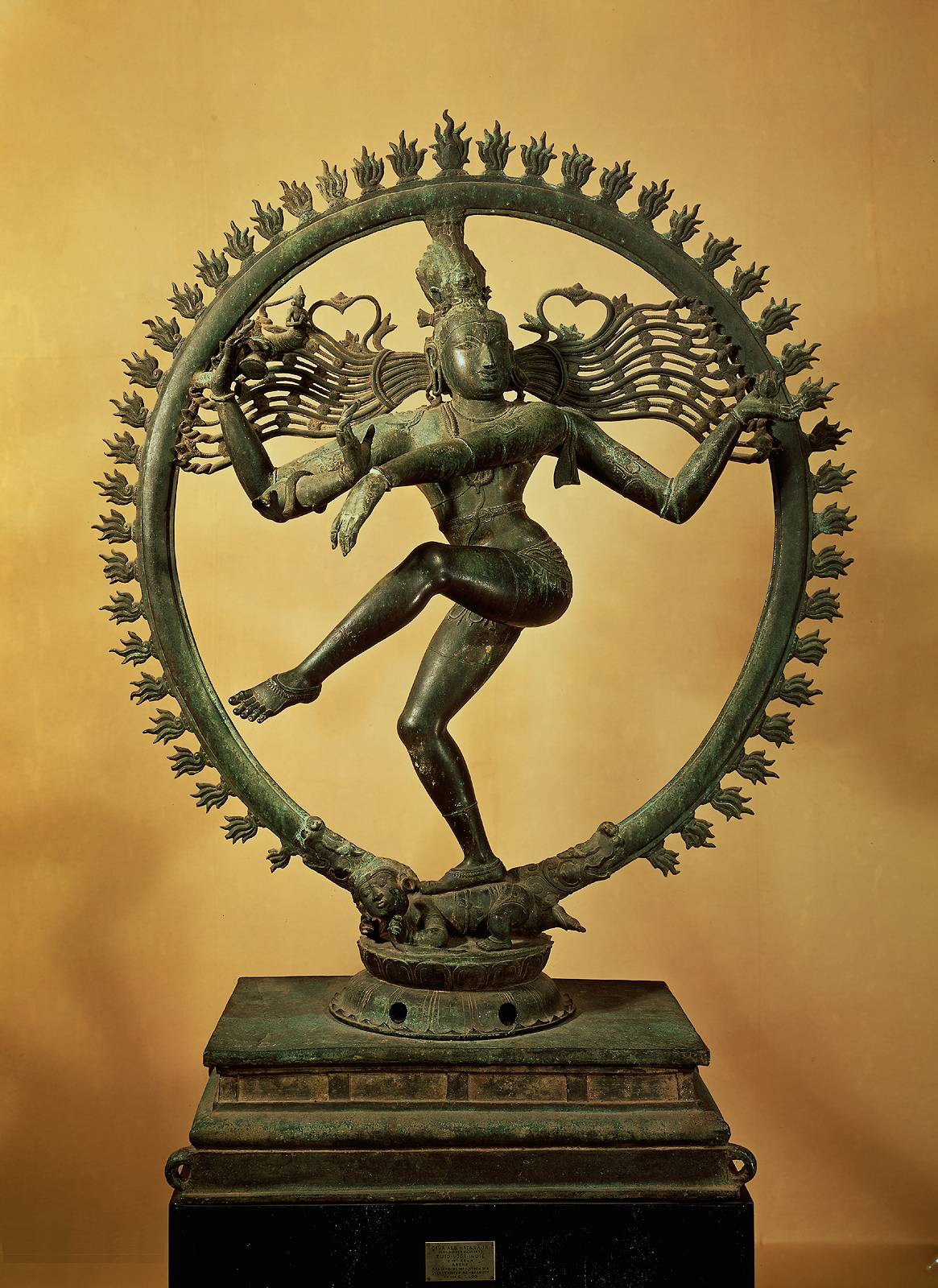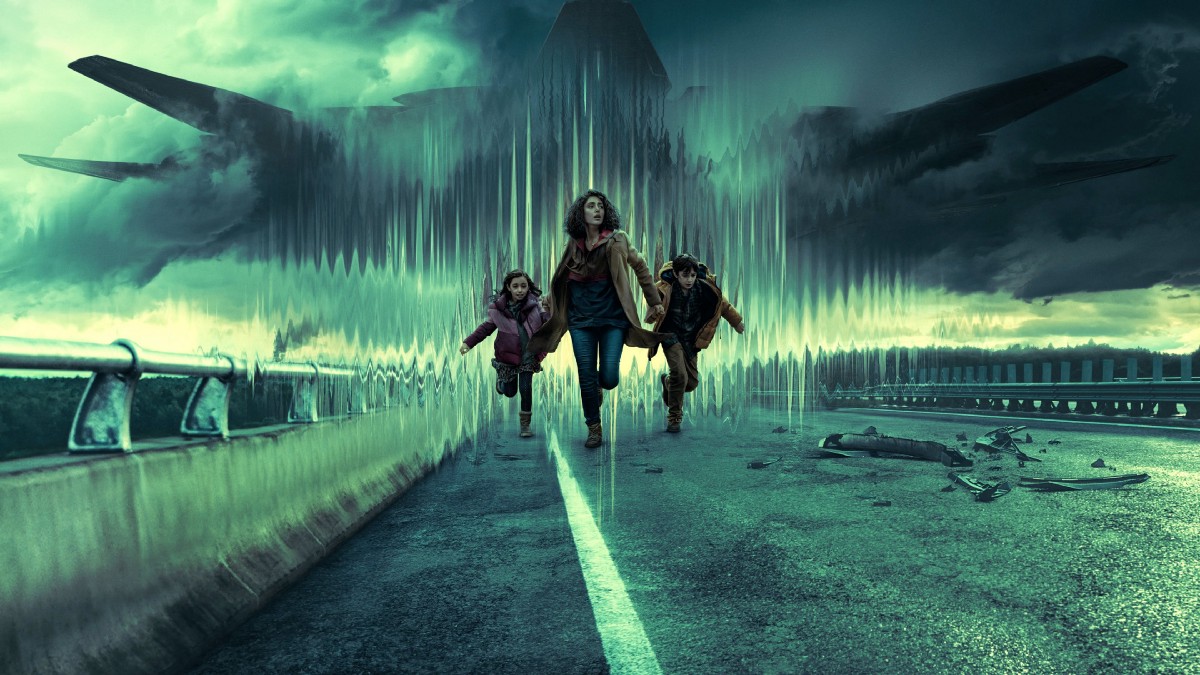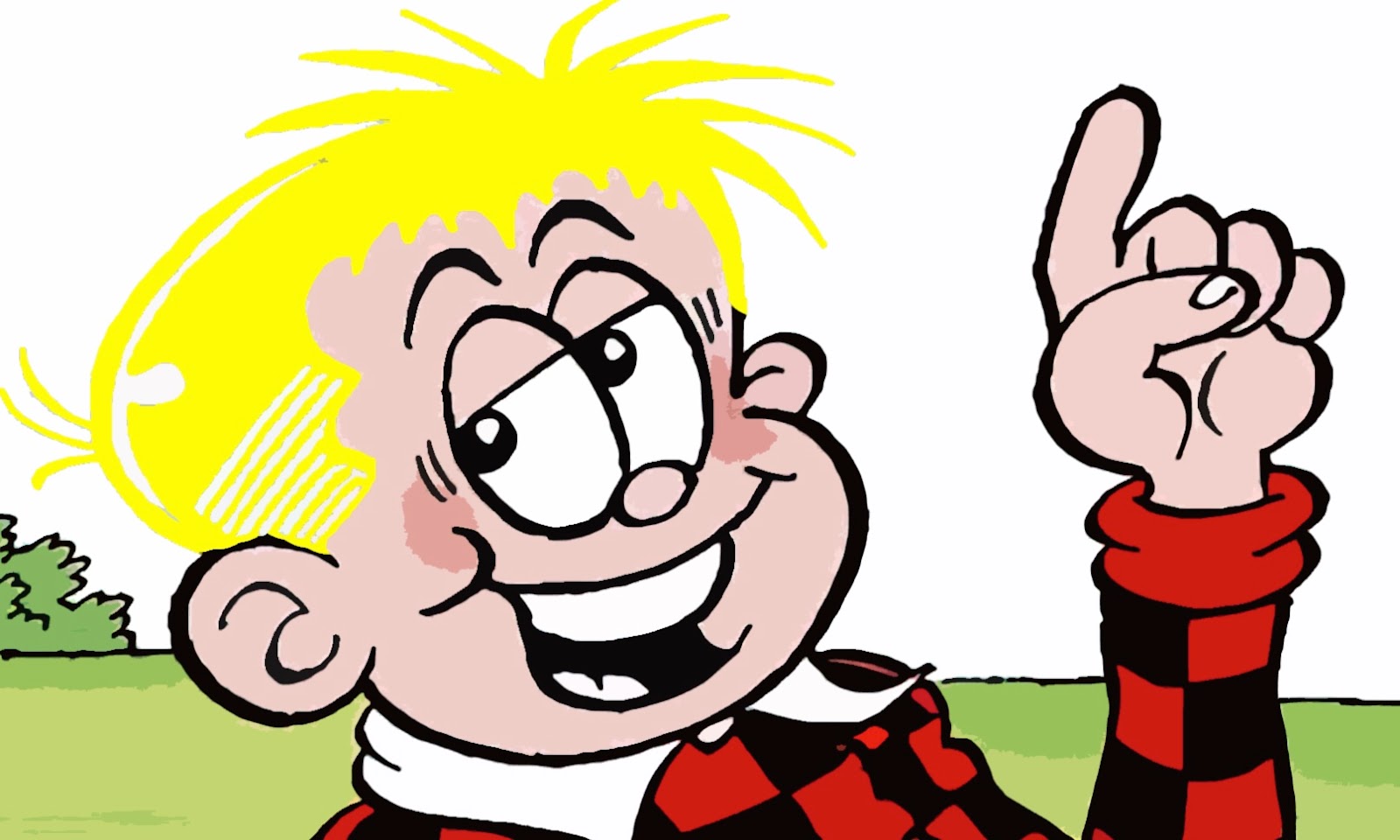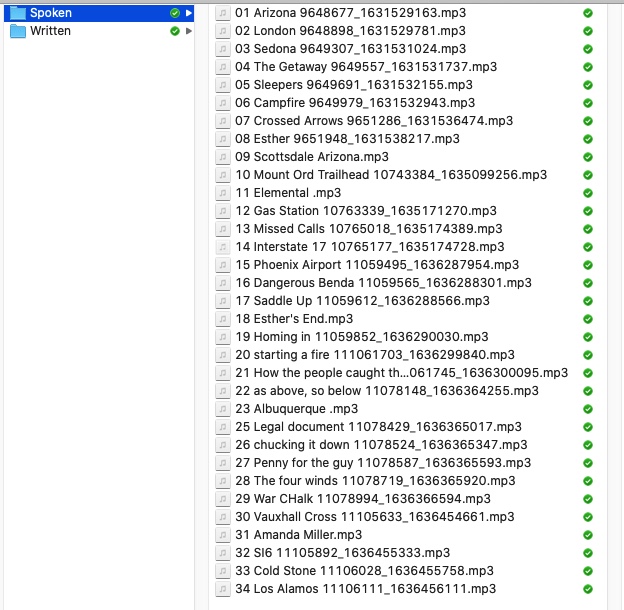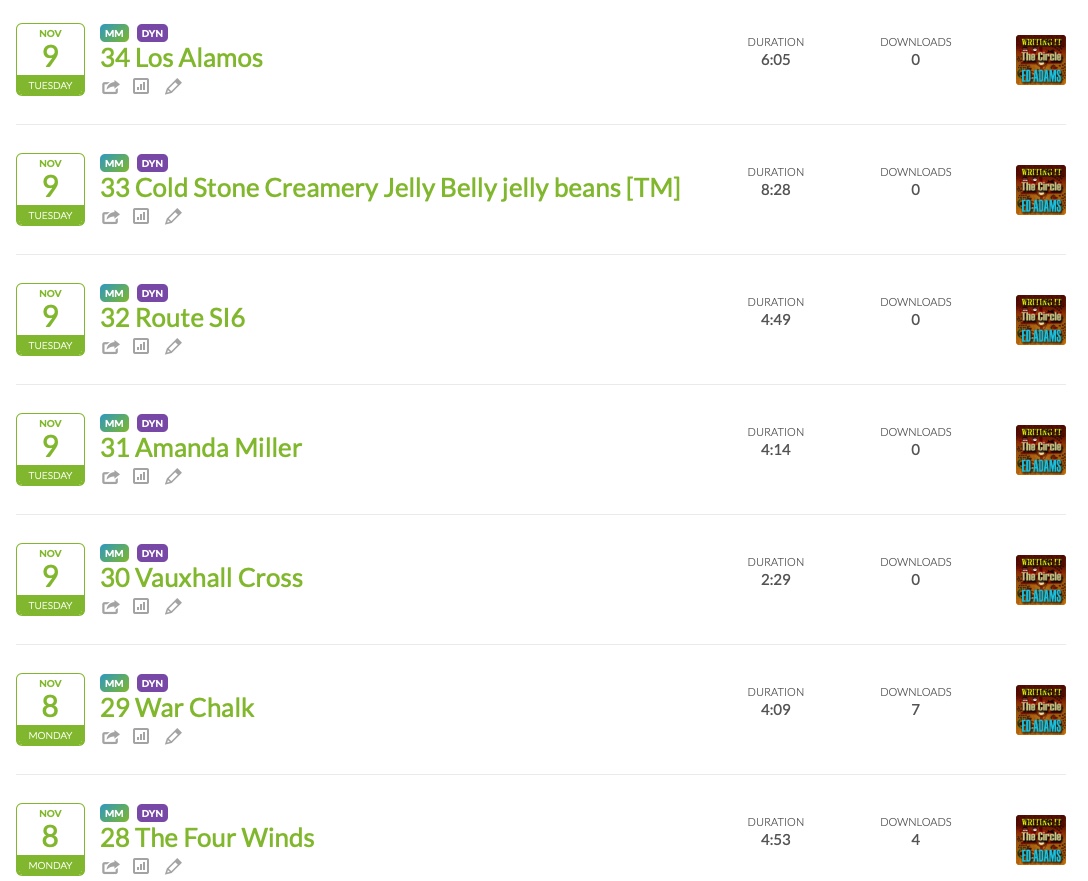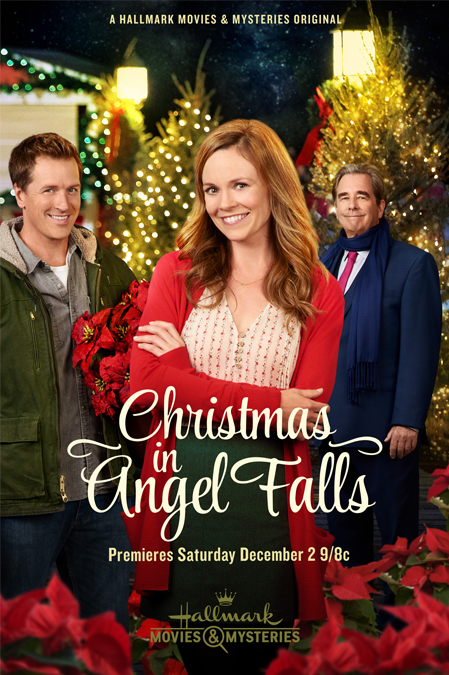The staging and sets of London in the 60s were exquisite, and although I can't particularly remember it in that era, there was enough of it left in the 70s to still look realistic. It is interesting to see how much the cleanup of some -er -colourful areas has progressed.
And the film opens with Rita Tushingham explaining 'London can be a lot' and features - yes - Terence Stamp and Diana Rigg at various points within.
Then there were the songs - definitely those old 45s with the big holes in the centre, and played on a Dansette.
There were also recognisable scenes of crowded London flat-living and not so much bedsit-life as lodger-life. Although I found the ease with which she ringed an advert in the Standard and then bagged the flat somewhat astonishing.
But of course, this nostalgia evocation wasn't the main direction of the plot. We get brash neon lights and echoes of other London films: The Pleasure Girls, The Party’s Over, Absolute Beginners - and more. We see the blurring of realities and spend some time in the head of Eloise as she connects with the spirits of the 60s including roughed-over wannabe singer Sandie played by Anya Taylor-Joy. And the rougher-upper is Matt Smith playing a cockney geezer. By the 4th reel, the movie gets very dark and drifts into Suspira territory.
There's plenty of staged references to other movies and scenes whilst Wright sharpens his blades towards the end.
I can still remember seeing Absolute Beginners in the West End and then leaving the cinema and walking right back into what felt like a continuation of the film set. 'It's the same old London underneath,' says a cabbie in this Edgar Wright movie, which is kind of what I was thinking, almost more than the shocks from the movie.

